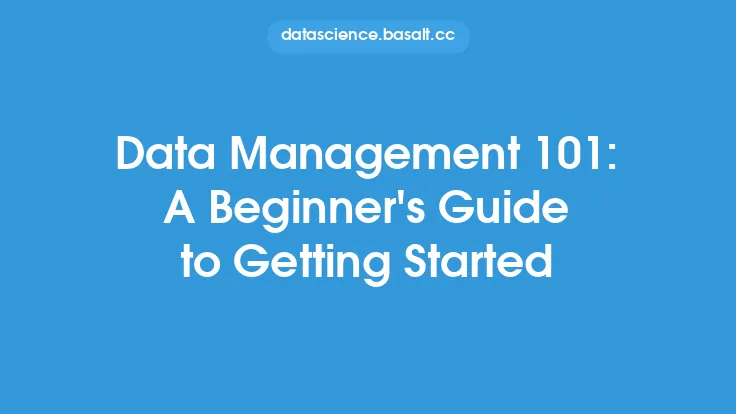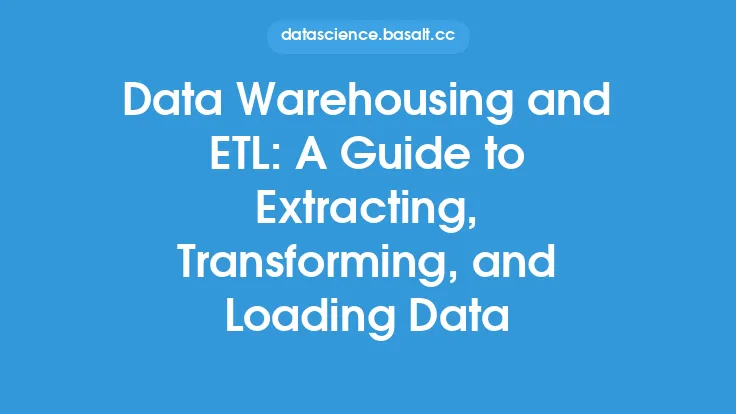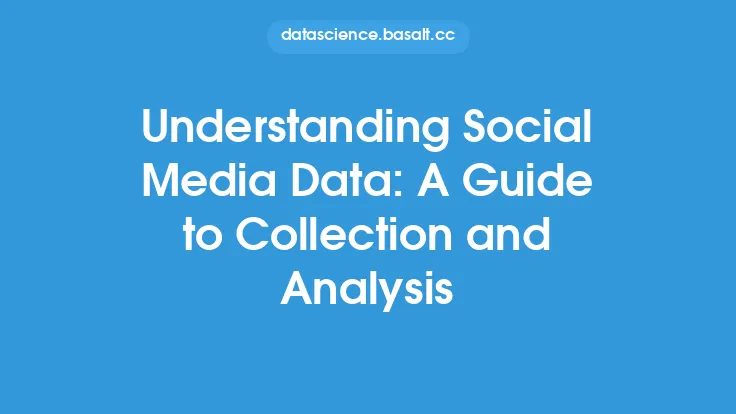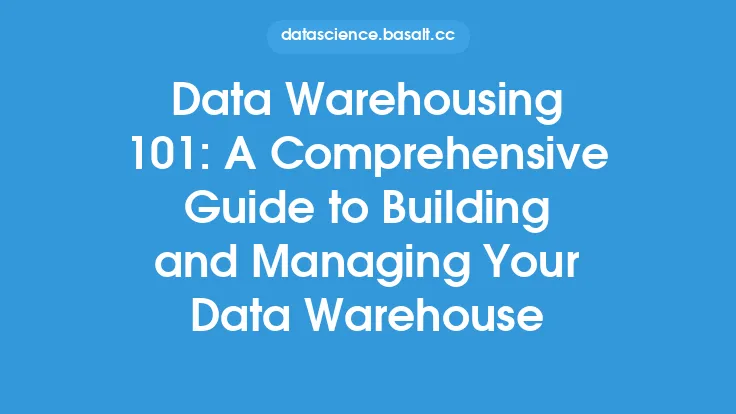Getting started with web scraping can seem like a daunting task, especially for those without prior experience in programming or data extraction. However, with the right tools and knowledge, anyone can learn to extract valuable data from the web. In this article, we'll take a comprehensive look at the basics of web scraping, including the different types of web scraping, the tools and techniques used, and some best practices for getting started.
What is Web Scraping?
Web scraping, also known as web data extraction, is the process of automatically extracting data from websites, web pages, and online documents. This data can include text, images, videos, and other types of content, and can be used for a variety of purposes, such as market research, data analysis, and business intelligence. Web scraping involves using specialized software or algorithms to navigate a website, locate and extract the desired data, and store it in a format that can be easily analyzed or used.
Types of Web Scraping
There are several different types of web scraping, each with its own unique characteristics and challenges. Some of the most common types of web scraping include:
- Static web scraping: This involves extracting data from static web pages, which do not change frequently. Static web scraping is often used to extract data from websites that do not use JavaScript or other dynamic content.
- Dynamic web scraping: This involves extracting data from dynamic web pages, which change frequently or use JavaScript or other dynamic content. Dynamic web scraping is often used to extract data from websites that use AJAX or other dynamic loading techniques.
- JavaScript rendering: This involves using a headless browser or other tool to render JavaScript-heavy web pages, allowing for the extraction of data that would otherwise be inaccessible.
Web Scraping Tools and Techniques
There are many different tools and techniques that can be used for web scraping, each with its own strengths and weaknesses. Some of the most popular web scraping tools include:
- Beautiful Soup: A Python library used for parsing HTML and XML documents, and extracting data from web pages.
- Scrapy: A Python framework used for building web scrapers, and handling tasks such as data extraction, processing, and storage.
- Selenium: A tool used for automating web browsers, and can be used for web scraping tasks such as rendering JavaScript-heavy web pages.
- Apache Nutch: A highly extensible and scalable web scraping framework, used for building large-scale web scrapers.
Best Practices for Web Scraping
When it comes to web scraping, there are several best practices that should be followed in order to ensure that the process is done efficiently and effectively. Some of these best practices include:
- Respecting website terms of use: Before scraping a website, it's essential to check the website's terms of use and ensure that web scraping is allowed.
- Using user-agent rotation: Rotating user agents can help to avoid being blocked by websites that do not allow web scraping.
- Handling anti-scraping measures: Some websites use anti-scraping measures such as CAPTCHAs or rate limiting, and these measures must be handled in order to successfully scrape the website.
- Storing data efficiently: The data extracted during web scraping should be stored in a format that can be easily analyzed or used, such as a CSV or JSON file.
Common Web Scraping Challenges
Despite the many benefits of web scraping, there are also several challenges that can arise during the process. Some of the most common web scraping challenges include:
- Handling different data formats: Web pages can contain a wide range of data formats, including HTML, XML, JSON, and more, and these formats must be handled in order to extract the desired data.
- Dealing with broken or missing data: Web pages can sometimes contain broken or missing data, and this data must be handled in order to ensure that the extracted data is accurate and complete.
- Avoiding website blocks: Websites can block web scrapers if they detect that the scraper is accessing the website too frequently, and measures must be taken to avoid these blocks.
- Ensuring data quality: The data extracted during web scraping must be of high quality, and measures must be taken to ensure that the data is accurate, complete, and consistent.
Web Scraping and Data Mining
Web scraping is often used in conjunction with data mining, which involves using sophisticated algorithms and statistical techniques to extract insights and patterns from large datasets. Web scraping can be used to extract the data that is then analyzed using data mining techniques, and the insights gained from this analysis can be used to inform business decisions, improve marketing strategies, and more.
Conclusion
Web scraping is a powerful tool for extracting valuable data from the web, and can be used for a wide range of purposes, from market research to business intelligence. By understanding the basics of web scraping, including the different types of web scraping, the tools and techniques used, and some best practices for getting started, anyone can learn to extract valuable data from the web. Whether you're a beginner or an experienced web scraper, this article has provided a comprehensive overview of the basics of web scraping, and has highlighted some of the key challenges and opportunities in this field.




